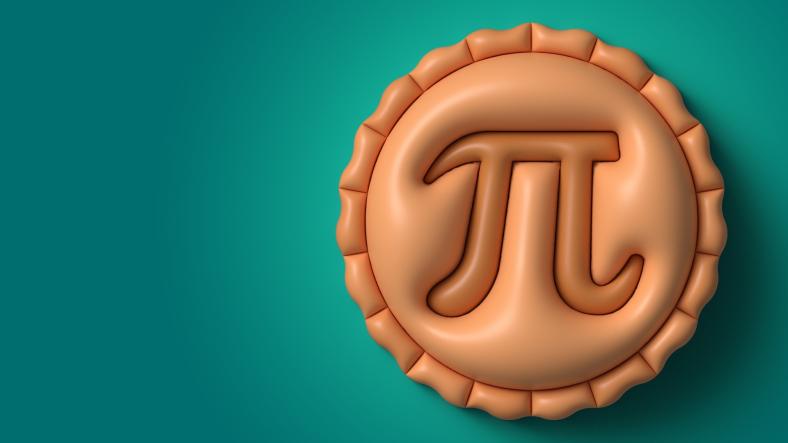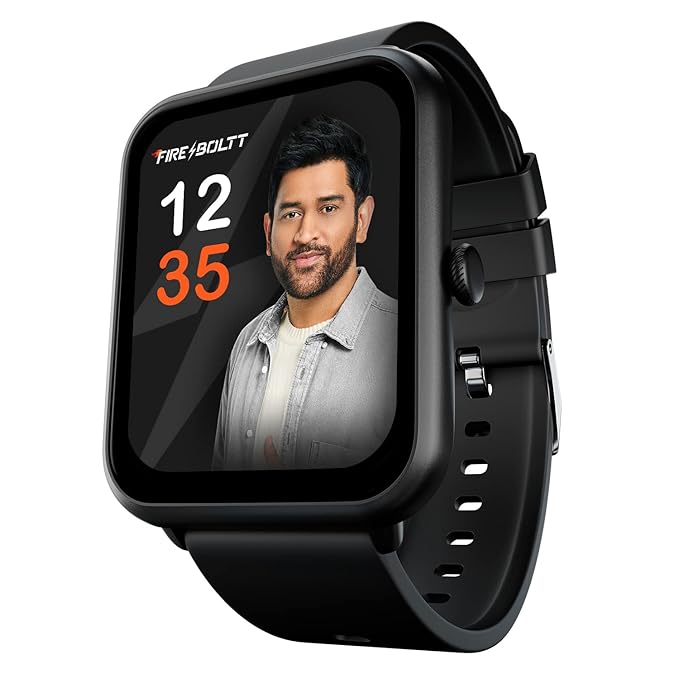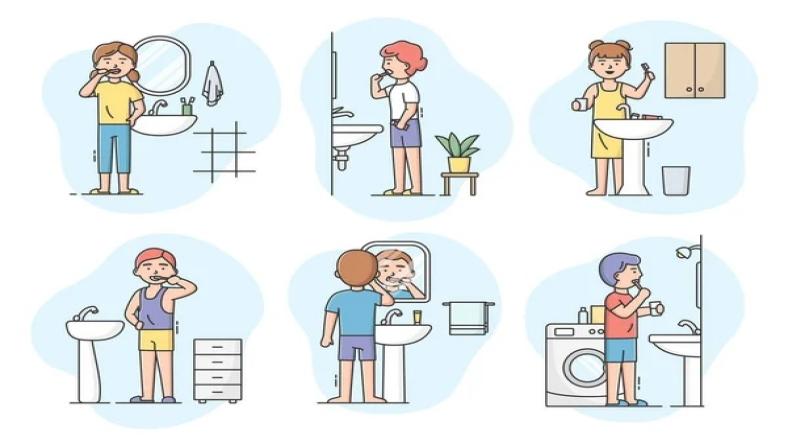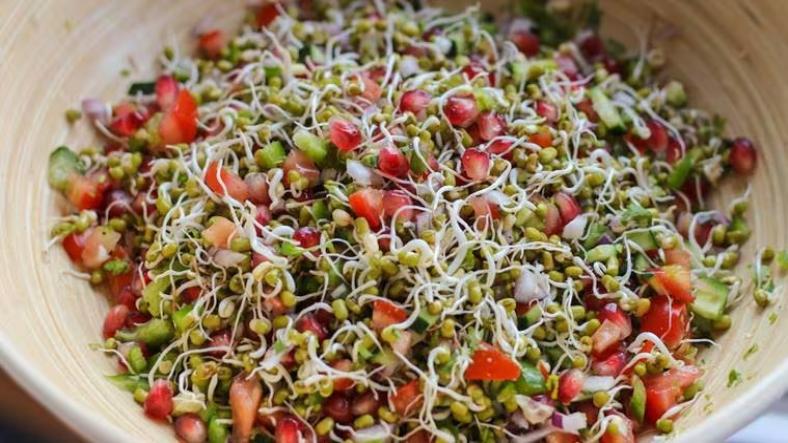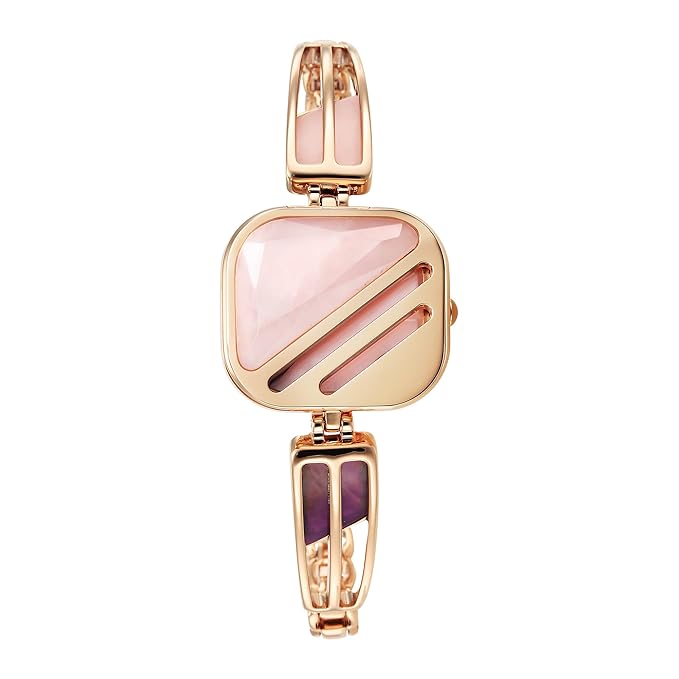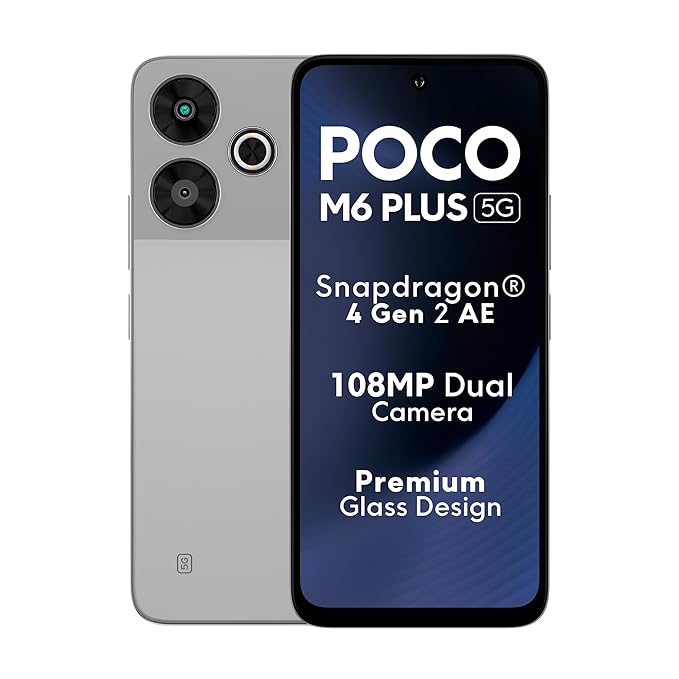Pi Day, celebrated on March 14th (3/14, reflecting the first three digits of pi, 3.14), is a perfect opportunity to engage children in learning about the mathematical constant pi (π). This activity involves measuring the circumference and diameter of circles to understand how pi relates to these measurements.
Here’s a fun and educational science experiment to celebrate Pi Day and explore the concept of pi.
Materials Needed:
- Circular Objects: Different sizes (e.g., plates, lids, cups).
- Measuring Tape or Ruler: For measuring the circumference and diameter.
- String: To measure circumference.
- Scissors: For cutting the string.
- Paper and Pencil: For recording measurements and calculations.
- Calculator: For dividing circumference by diameter (optional but helpful).
- Chart or Graph Paper: For plotting results (optional).
Step-by-Step Guide:
1. Introduction to Pi:
- Explain Pi:
- Introduce pi (π) as a mathematical constant that represents the ratio of the circumference of a circle to its diameter.
- Pi is approximately equal to 3.14, but it is an irrational number with an infinite number of decimal places.
- Importance of Pi: Discuss how pi is used in various mathematical and scientific calculations, especially in geometry.
2. Measure Circumference and Diameter:
- Choose Circular Objects: Gather several circular objects of different sizes (e.g., a dinner plate, a small cup, a lid).
- Measure the Diameter:
- Use a ruler or measuring tape to measure the diameter of each circular object.
- Record the measurements.
- The diameter is the distance from one side of the circle to the other, passing through the center.
- Measure the Circumference:
- Use string to measure the circumference.
- Wrap the string around the edge of the circular object and cut it where it meets.
- Then, measure the length of the string using a ruler or measuring tape.
- Record the circumference.
- Repeat Measurements: Repeat the measurement process for each circular object.
3. Calculate Pi:
- Compute Pi:
- For each object, divide the measured circumference by the diameter to find the value of pi.
- Use the formula: π=CircumferenceDiameter\pi = \frac{\text{Circumference}}{\text{Diameter}}π=DiameterCircumference.
- Compare Results:
- Compare the computed value of pi for each object.
- Discuss how the values should be close to 3.14, but may vary slightly due to measurement accuracy.
4. Create a Pi Chart or Graph:
- Plot Results:
- Optionally, create a chart or graph to display the diameter and circumference of each circular object.
- This visual representation helps in understanding the relationship between the diameter and circumference.
- Analyze Data: Analyze the data and discuss how the ratio of circumference to diameter remains consistent across different sizes of circles.
5. Fun Pi Activities:
- Pi Memorization Challenge:
- Challenge students to memorize as many digits of pi as they can.
- Reward those who remember the most digits.
- Pi Art: Create art using the digits of pi. For example, use each digit to determine a color or pattern in a design.
- Pi Recipes: Incorporate pi into a recipe by baking circular pies or cookies and discussing the concept of pi while enjoying the treats.
Scientific Concepts Explored:
- Mathematical Constant: Understanding pi as the ratio of circumference to diameter.
- Measurement: Learning how to accurately measure the circumference and diameter of circles.
- Geometry: Exploring the properties of circles and the significance of pi in geometry.
Tips for Success:
- Accurate Measurements: Ensure that measurements are as accurate as possible to get reliable results.
- Engage in Discussion: Encourage students to discuss their findings and observations about how pi relates to the circles they measured.
- Use Various Sizes: Measuring different sizes of circles helps in understanding that pi is a constant ratio, regardless of the circle's size.
Safety Considerations:
- Handle Materials Safely: Supervise children when using scissors and measuring tools to prevent accidents.
- Use Non-Toxic Supplies: Ensure all materials used are safe and non-toxic.
Conclusion:
The Pi Day celebration with a focus on measuring and calculating pi provides an engaging and practical way for children to explore mathematical concepts. By measuring the circumference and diameter of various circles and calculating pi, students gain a deeper understanding of this fundamental mathematical constant. This hands-on activity makes learning about pi interactive and memorable, turning abstract concepts into concrete experiences.
Thanks for reading the article, for more Science & Technology related articles read and subscribe to peoples blog articles.
